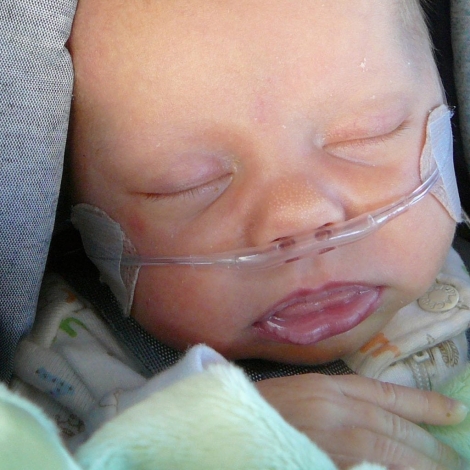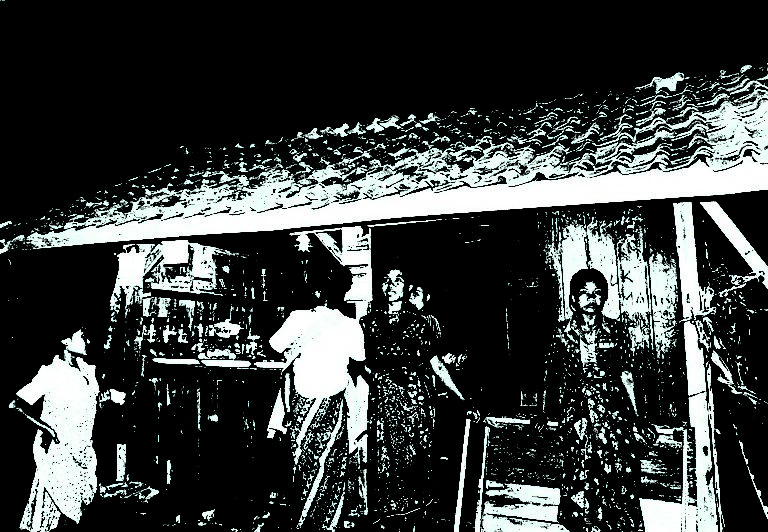[Editor’s note: This device is one of our Promising Prototypes to Watch in 2018.]
The medical technology startup Third Pole Therapeutics has developed a means of creating nitric oxide gas at a patient’s bedside. The new technique could save money and time by cutting the need to fill tanks off site and ship them to medical centers.
Nitric oxide gas has been used for nearly 20 years in developed countries to save the lives of infants with acute pulmonary hypertension. The condition narrows and blocks tiny arteries in a baby’s lungs called pulmonary arterioles. As a result, blood pressure rises in the lungs and the heart works harder to pump blood through them. Breathing becomes difficult and the heart can fail.
Nitric oxide, signified as NO, treats the condition when inhaled. NO relaxes blood vessels in the lungs, but it does so without decreasing the patient’s blood pressure elsewhere in the body.
As of now, NO is stored in tanks that are filled off-site and transported to medical centers for use. But that method may soon be outdated.
Dr. Warren Zapol, co-founder of Third Pole, had the idea to generate NO for inhalation using controlled electrical discharge.
“This groundbreaking approach resulted in a simple, convenient, economical, and lightweight prototype capable of generating nitric oxide (NO) from air, on-demand and on-site, which potentially eliminates the need for large compressed gas cylinders,” David Zapol, Dr. Warren Zapol’s son and co-founder of Third Pole, told E4C. “The current inhaled NO treatment is transported and stored in cumbersome tanks. Costly fleets of compressed gas cylinders limit availability to developed markets with infrastructure to transport, maintain, return and refill tanks and the large, heavy compressed gas cylinders make it difficult to transport patients between facilities and within a hospital.”
As David Zapol tells the story, his father first had the idea in the late 1990s while flying from Boston to Los Angeles (USA) during a rain storm. He was en route to visit Dr. Louis Ignarro at the University of California, Los Angeles, who was one of three researchers who won the Nobel Prize in 1998 for their discoveries leading to the clinical applications of NO. Dr. Ignarro discovered that NO is identical to a signaling molecule produced by the body’s endothelial cells to relax vascular smooth muscle cells. While flying through the storm, Dr. Zapol remembered accounts of NASA’s measurements of NO from planes flying through lightning storms.
“This formed the core of the idea,” Dr. Zapol told medgadget.com. “It’s made all around us by electrical discharge in air. In follow-up lab work and testing over several years, it became clear that this unique technology to safely generate NO for inhalation using iridium electrodes to make clean discharge could also be portable, and bring NO to the rest of the world.”
After his miles-high flash of inspiration, Dr. Zapol and a team that included researchers at Massachusetts General Hospital built and tested prototypes of a portable NO generator. The devices pulse electricity through plain air or through gas mixtures using, as he says, iridium spark electrodes. The reaction also produces toxic gases such as nitrogen dioxide and ozone, and a calcium hydroxide filter removes the dangerous compounds, as explained in Dr. Zapol’s paper published in 2015 in the journal Science Translational Medicine.
“Third Pole’s therapy delivery system has the potential to expand the application of inhaled NO beyond acute care by making it practical in more settings while also expanding the use of inhaled NO in previously underserved geographic markets,” David Zapol says.
Third Pole is working with the US Food and Drug Administration, which regulates medical devices, and expects to gain approval for the sale of its portable NO generators for hospitals in 2019.
For more on Third Pole’s device please see pole3.com.

